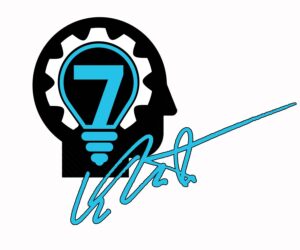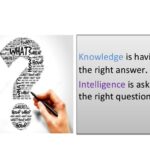As we round out the trifecta of Corporate Identity Statements, you’ve got to tackle the application question. With your Vision Statement you soared to the intellectual heights of human significance. Your Purpose Statement delved into the emotional depths of your heart.
You are probably pleased with yourself looking at these first two completed statement projects.There may be a distant voice shouting from your subconscious asking the question, “How the heck am I gonna get this done?”
Your Corporate Mission Statement answers the critical question of “How?”
You’ve defined your destination and you’ve clarified your motivation. Now it’s time to lay out your plan of action.
There are three categories of planning that can ensure your success.
- Strategy
- Tactics
- Next Steps
Strategy should be thought of as the overarching concepts like a football coach deciding that for this season, we are going to use a passing strategy or a running strategy. Depending upon the assets and talent the team has on offense.
Tactics are found in the play book: play-by-play maneuvers that the team practices together, but each player has a route to run and things to do. Not everything always goes according to plan, but there is a plan.
Next Steps should be thought of as our work today. Meaning what we are going to do today, right now, before we go to bed tonight?
Examples of Business Strategies would be these:
- Cross-sell more products
- Improve customer service and retention
- Differentiation our Product/Service
- Develop pricing strategies
- Use Technological advantages
Examples of Business Tactics would be:
- Investigate one new product every 90 days
- Define customer service levels objectively
- Describe our products from a sustainability perspective
- Reinforce value to our clients vs. low price
- Implement a software CRM to track our clients
Do you see how each item got more granular as we zoomed in?
Now let’s talk about the next steps.
New products need to come from a list. Create that list today and put at least one item on it. Complete that list by Friday. At the bottom of that list, write “When this list is complete, decide on the next action that needs to be completed and commit to doing it the next business day.”
My business partner was exceptionally good at asking the question at a meeting’s end, “OK, What’s the next step? When will we talk again and who is supposed to do what?”
Accountability. Big word and huge concept.
Your Mission Statement will be a few sentences that line out what your process will be for using your talents, contacts, resources, and time to accomplish your Vision.
What will you leverage to ensure your progress on a constant basis? Planning is great but doing is even better. Your Mission Statement should guide you to use relationships, coaching, planning, techniques and follow through to guide your daily activities to result in a successful week, then months and years.
Your Mission Statement will need to be adjusted as you progress. I would suggest revisiting your methodology every 12 months.

As a Business Coach in Oklahoma City and Edmond, OK, I recommend checking out our first two articles in this series:
Business owners and Entrepreneurs are invited to take my Free Online Assessment on the main page of the 7th Gear Website










